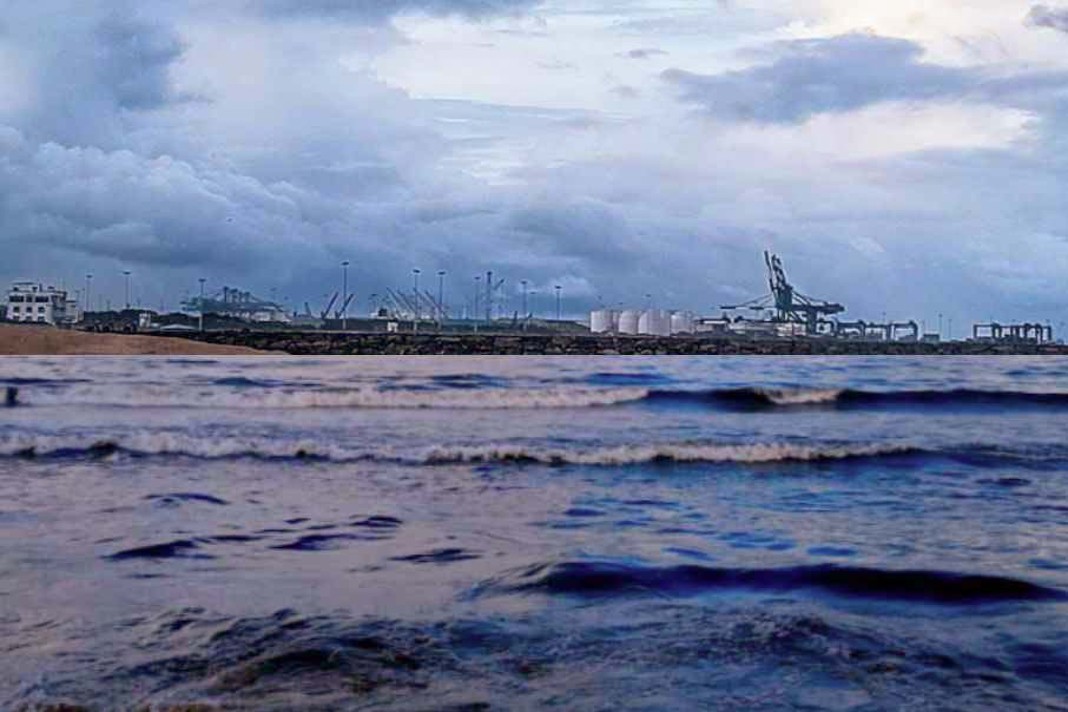- La Niña conditions have formed in the equatorial Pacific and are expected to persist through the Northern Hemisphere winter.
- The Panama Canal reported improved water levels and a 14.4% revenue increase as rainfall recovered following the end of El Niño conditions.
- NOAA data indicates the current La Niña remains weak, with the Niño-3.4 index between -0.5°C and -0.9°C.
- Despite its weak intensity, the phenomenon may still influence global and regional weather patterns into early 2026.
La Niña conditions have officially developed across the equatorial Pacific, marking a shift in global ocean-atmosphere dynamics expected to continue through the Northern Hemisphere winter. The phenomenon, characterized by cooler-than-average sea surface temperatures and changes in wind and rainfall patterns, could influence weather systems and maritime operations worldwide. According to the latest assessment released by gCaptain, forecasters anticipate a possible return to ENSO-neutral conditions by early 2026.
Weak La Niña May Influence Regional Weather and Shipping Patterns
Recent NOAA observations confirm that La Niña conditions emerged in September 2025, with sea surface temperatures in the central and eastern Pacific falling below average and the Niño-3.4 index reaching -0.5°C. The event features negative subsurface temperature anomalies and easterly wind patterns, along with increased convection over Indonesia and reduced activity near the Date Line.
These shifts mark a clear transition from the El Niño phase that disrupted shipping and transit operations in 2023, particularly through the Panama Canal. As rainfall improved in 2024–2025, the canal’s operations stabilized, leading to a 14.4% revenue increase to $5.7 billion and a 19.3% rise in vessel transits during fiscal year 2025. Although this La Niña is expected to remain weak, it could still shape rainfall and temperature variations through the 2025–2026 winter season. Further updates are expected in the upcoming ENSO Diagnostics Discussion on November 13, 2025.
Did you subscribe to our Daily newsletter?
It’s Free! Click here to Subscribe!
Source: gCaptain

















